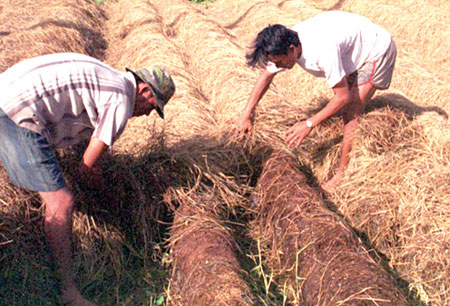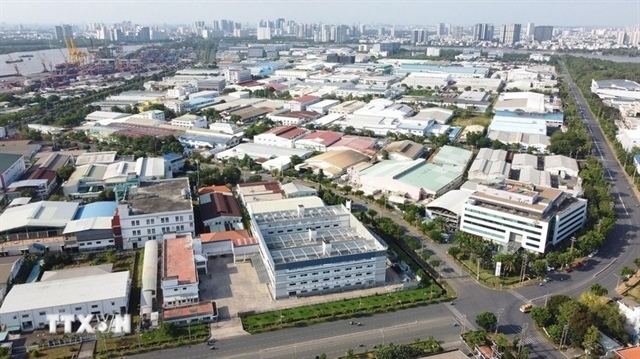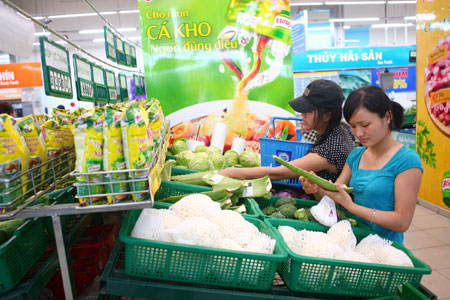Mushroom farms come out of the dark
Mushroom farms come out of the dark
The agricultural sector should come up with appropriate measures to develop mushroom cultivation more effectively in the country, experts said at a forum last week.

The Ministry of Agriculture and Rural Department's Cultivation Department said mushrooms had a surprisingly high nutritional value, and this had seen demand for the fungi increase in foreign countries.
Mushroom consumption has increased by 3.5 per cent per year on average in the US, EU and Japan. Per capita consumption of mushrooms in these countries and regions is about 4-6 kilogram a year, according to the department.
Mushroom cultivation in some Asian countries and territories, including the Republic of Korea, Japan and Taiwan, has been industrialised and become an important economic sector.
Vietnamese farmers now produce 16 kinds of mushrooms, including straw, button, oyster, wood ear and reishi.
Mushrooms are mainly cultivated in southern provinces including Dong Thap, Soc Trang, Tra Vinh, Can Tho City, Dong Nai, HCM City, Ba Ria-Vung Tau and Binh Phuoc.
The country produces about 250,000 tonnes of mushrooms a year, with more than half of that sold in domestic markets as fresh produce and earns about US$25-30 million per year from exports.
With an abundance of mushroom growing materials, including straws, logs and enriched sawdust, which could reach 40 million tonnes per year, Viet Nam had a great potential for developing the mushroom industry, delegates agreed.
Current production did not match existing potential, they said at the forum organised by the National Agricultural Extension Centre in Dong Thap Province.
Mushroom cultivation was still scattered and conducted mostly at the household level, which yielded low economic efficiency, said Nguyen Nhu Hien of the Cultivation Department.
The number of mushroom processing firms and exporting companies remained modest, so there was a shortage of stable outlets, he said.
The country plans to expand mushroom cultivation and produce about 1 million tonnes of mushrooms of all kinds by 2020, of which 500,000 tonnes will be for export.
To meet the target, the agricultural sector should seek reasonable measures to develop the mushroom industry, said Le Hong Vinh, deputy director of the Agricultural Genetics Institute's Biotechnology Centre.
Restructuring cultivation and diversifying mushroom strains to satisfy market demand as well as conducting researches to diversify mushroom growing materials were among the measures, he suggested.
Meanwhile, the Government should provide tax incentives to enterprises involved in this sector, he said.
Hien called for the establishment of concentrated mushroom cultivation areas and set up a close link between production and consumption.
He also urged the sector to enhance the use of hi-technology in production, preservation and processing and build brand for Vietnamese mushroom in the world market.
vietnamnews




















